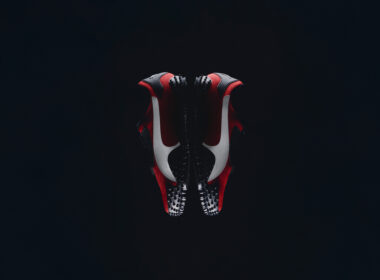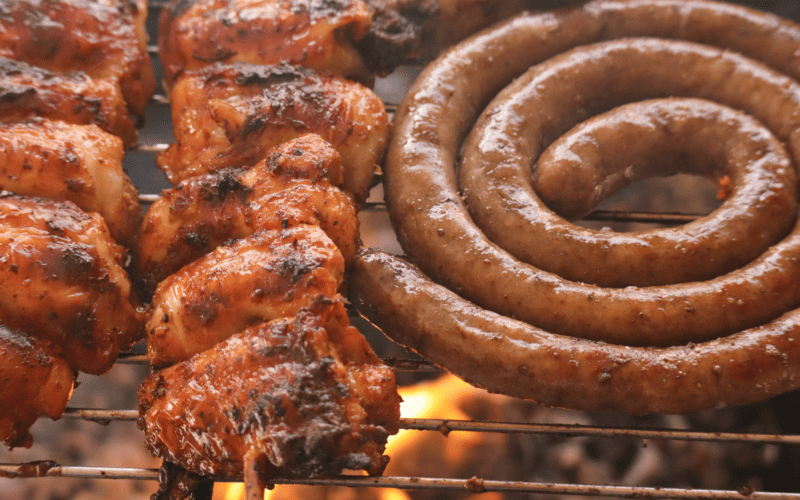Cowries are one of the numerous treasures of the sea—one of many but very unique and beautiful. Former shells for sea snails, cowries are the most sought-after and most collected shells from the sea, with an impressive commercial value. As the oceans’ little pieces of art, each shell comes with its own design, distinct shape, size, and colour. There are over two hundred species of cowries in existence; each find is unique, and each unique piece has the potential to spur creativity in brilliant minds.

What makes them unique, really?
There’s been so much buzz about cowries for centuries; they have, in a very intriguing way, stayed relevant in conversations. First, the shells are seen as notable players in the sectors of commerce, art, history, fashion, and religion. They are largely found in the sea, and I like to think of the sea as the link that connects the continents. Even though they are largely deposited in specific areas of the ocean, the majority of races have interacted with them.
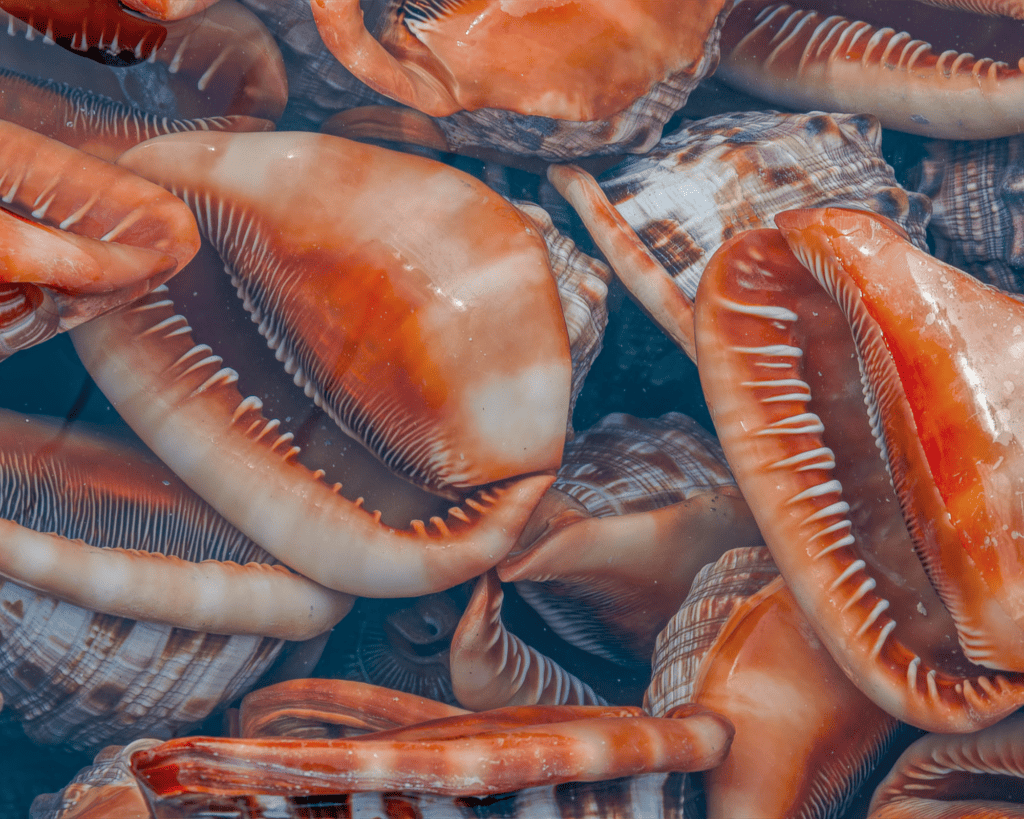
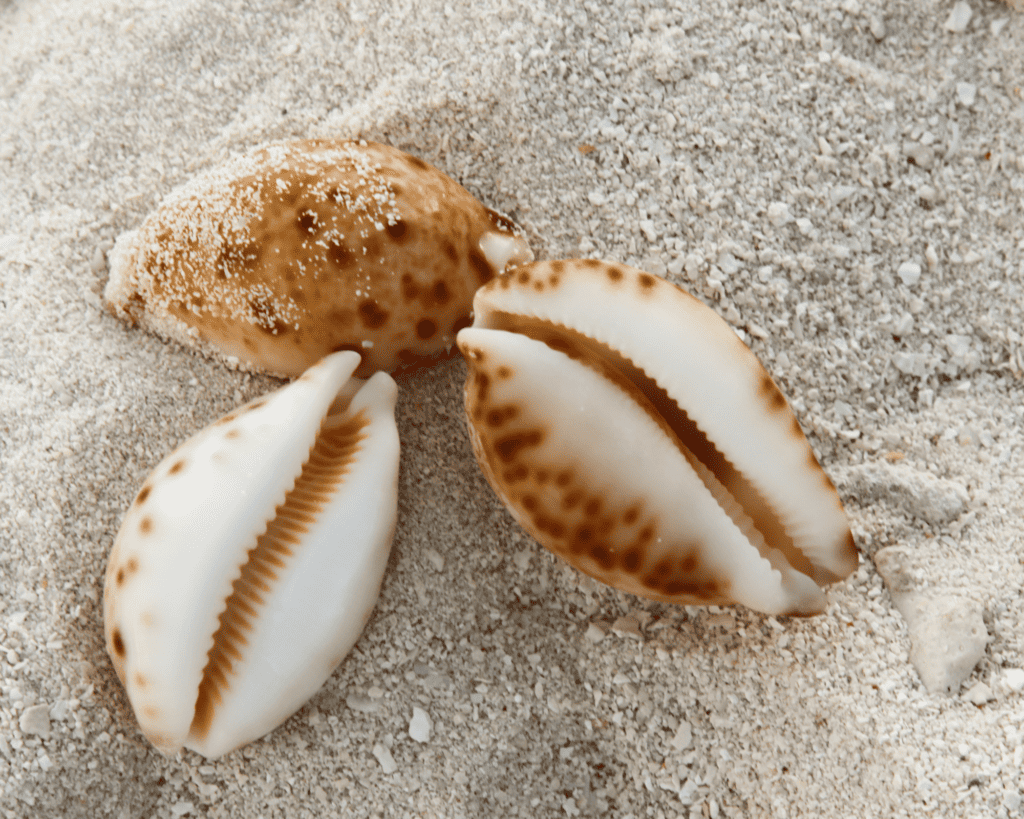
Commerce, History, and Religion.

For centuries, cowries were used as legal tender by Africans and by the Europeans that traded with them. It was also used as currency in parts of Asia, including China and India. The shells have been an important part of history and religion, especially for Africans. Cowries are used for divination and are seen as sacred. It is a symbol of identity, struggle, and the existence of a people. Symbol of fertility because it’s semblance to parts of the woman’s body; a connection to the ancestors and deities.
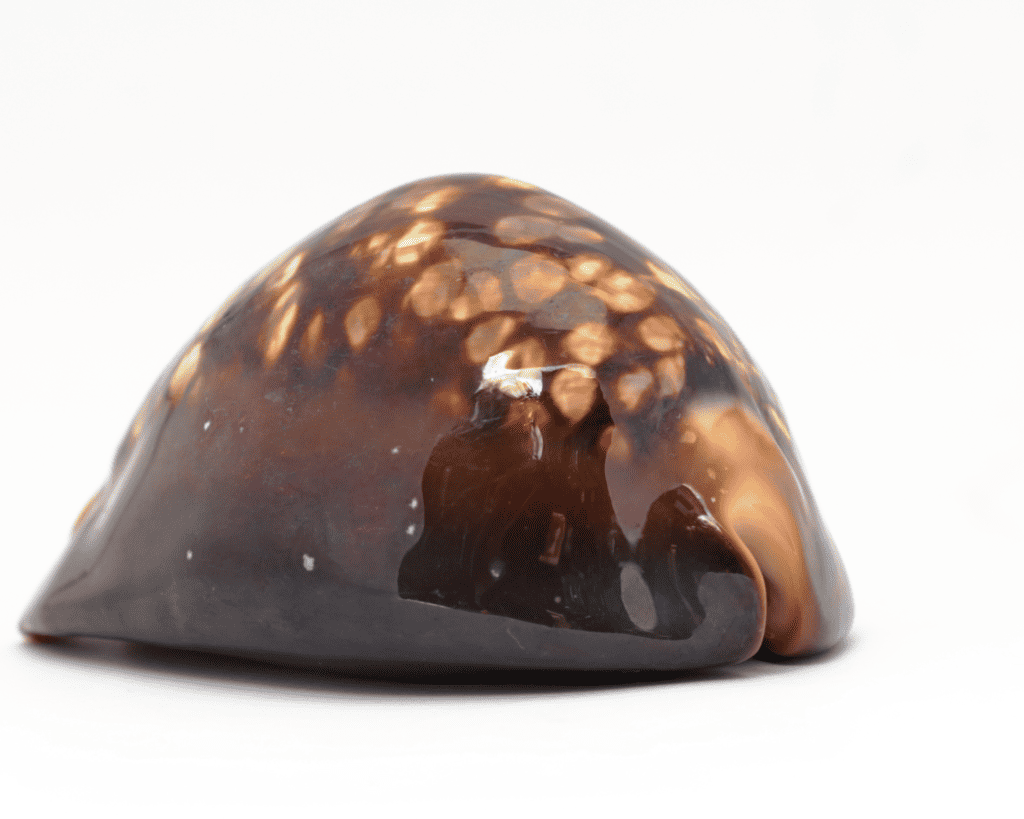
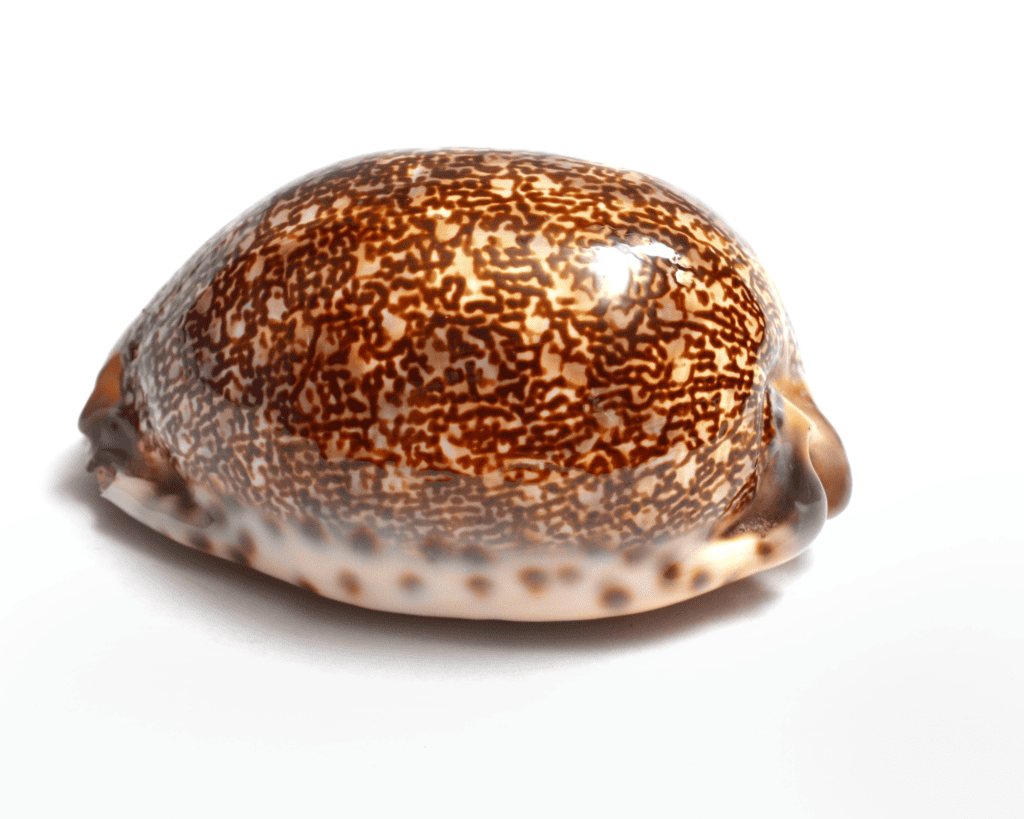
Art, Artefacts.
A cowry is a piece of art. Go into a collector’s gallery and stand mesmerised by the different colours and designs created by nature, shining like polished porcelain. Although what comes to mind when we speak of cowries is the common creamish-white cowry, there are other colours like purple, pink, honey, and gold.
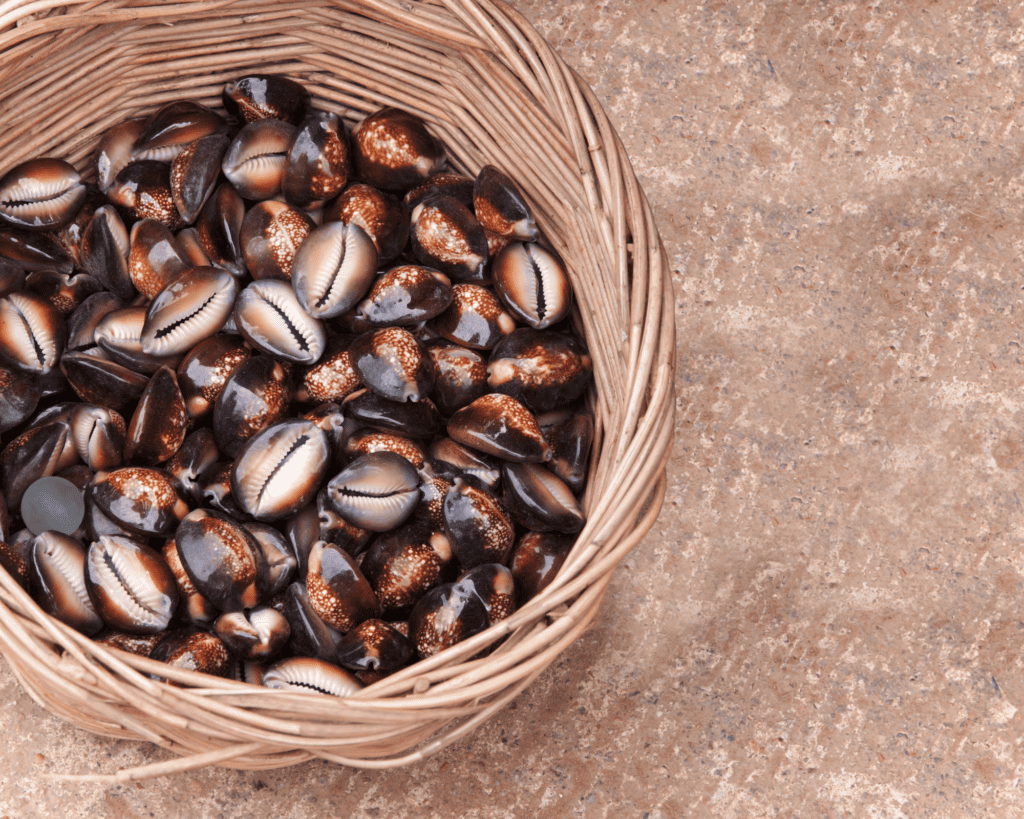
To create an art piece with cowries is like making art with art. It gives nothing less of a masterpiece. We all know what Lafalaise Dion does with them; Queen Bey couldn’t resist. Artefacts are still being discovered today, including cowries found on carvings, sculptures, and buried Egyptian mummies.
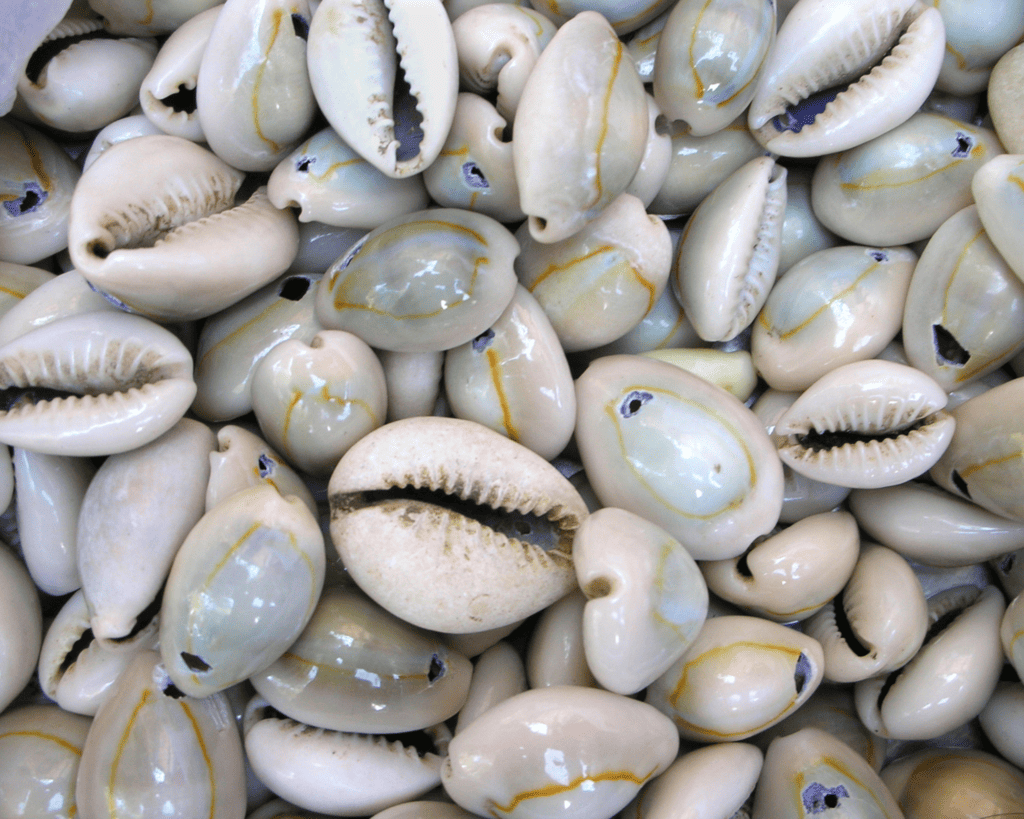
FUN FACT: Really rare cowry shells can sell for as much as 30,000 dollars, and others for just a couple of dollars. Stay up to date on the newest in the world of Fashion, Arts, Beauty and Lifestyle; Follow FAB on socials.
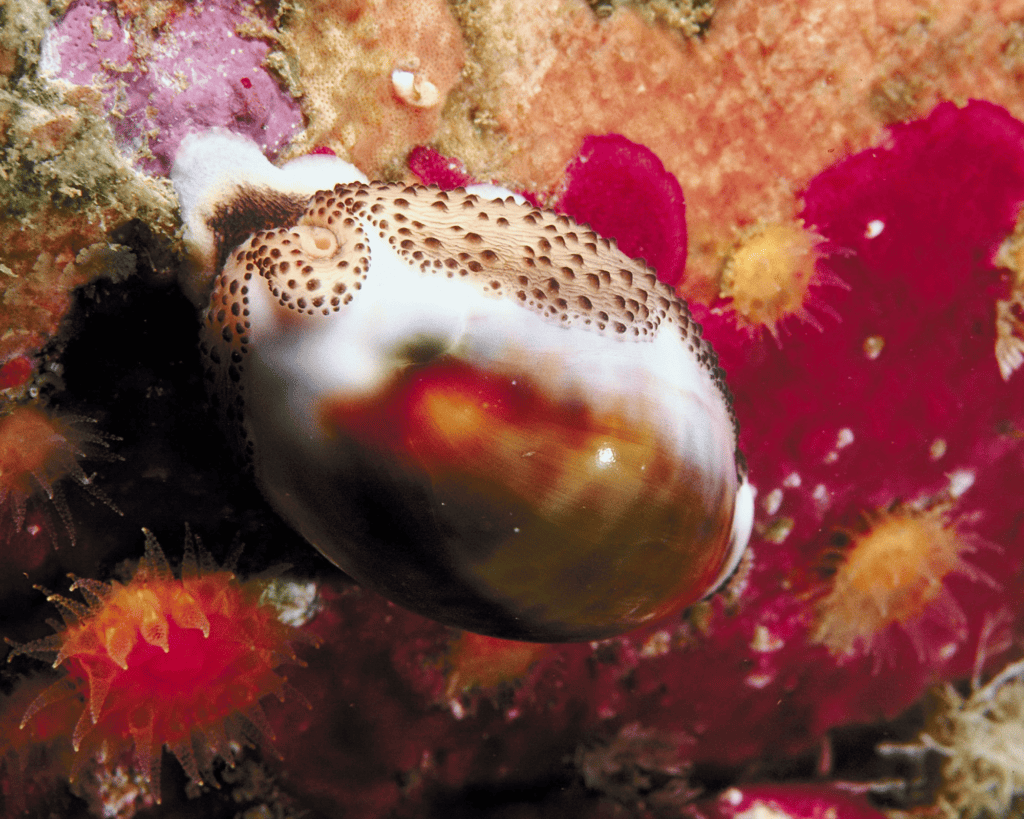
Fashion
In recent decades, the use of cowries is no longer limited to the enclosed premise of religion and ritual. Jewellery designers explore the creative world daily to discover the unseen. Cowries are being made into earrings, necklaces, bags, and headwear—literally everything. It is indeed interesting how these shells have gained value and importance in fashion. On red carpets today, cowry-inspired outfits are a luxurious font. They clothe the wearer with sophisticated elegance with a mixture of originality and cultural roundedness. Meet Shiko and her wearable art.

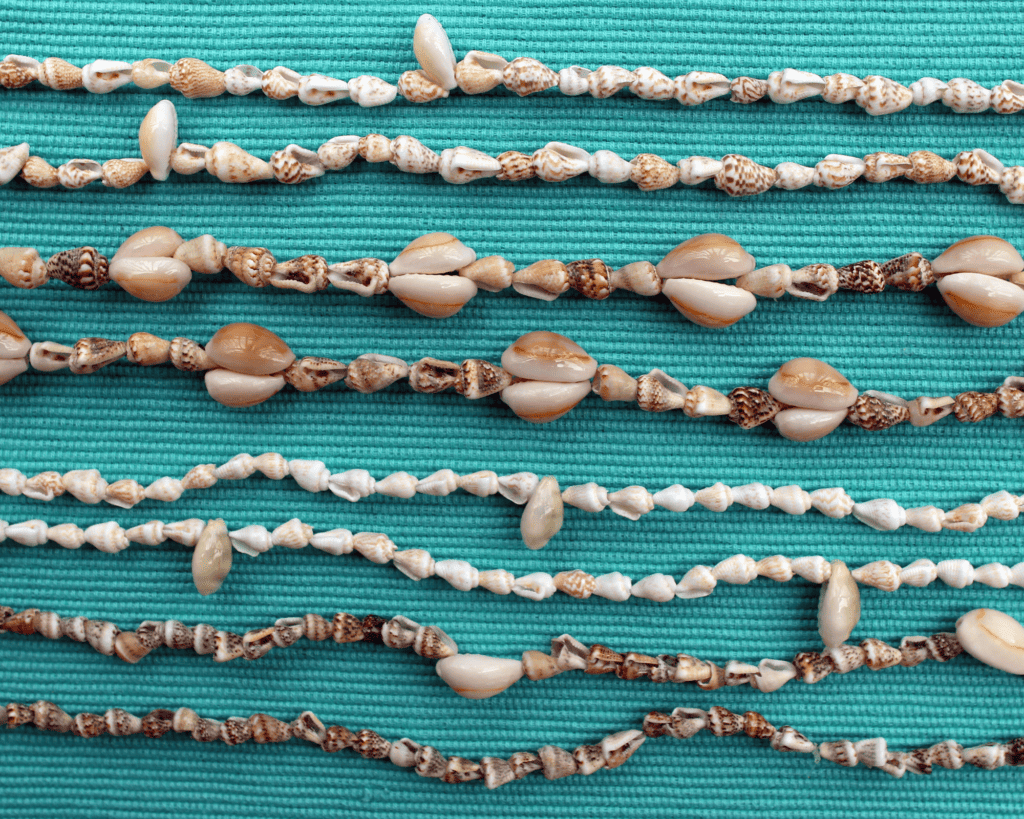
You know what they say about how the price of art can never be too much? Cowries in fashion are like wearing the art of art. A piece that can be kept for generations to come. The sea snails are precious sea animals, and I do think it is an honour to wear their shells. In addition, when we look with a renewed perspective at nature, we will discover that there is potential for a mind-blowing partnership. And here is a subtle reminder to be kind to the oceans and the seas.

